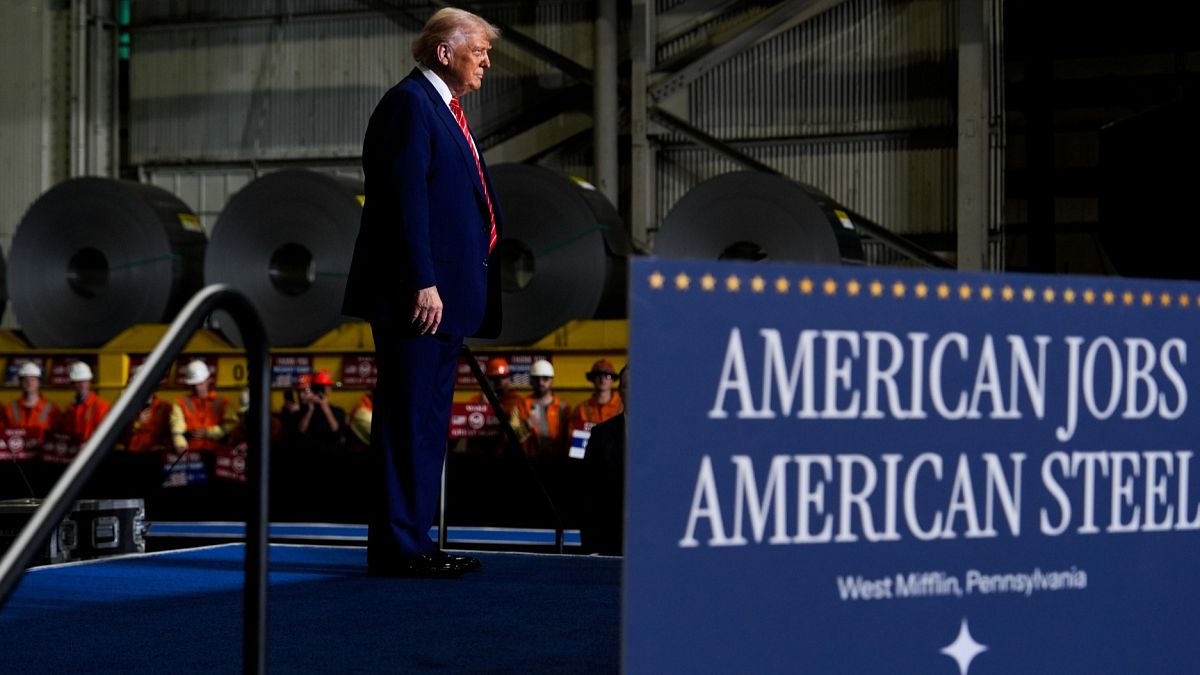

In the ever-shifting landscape of global developments, recent news provides a fascinating snapshot of economic, geopolitical, and environmental trends. At the heart of these movements are efforts to balance progress with tradition, innovation with preservation, and strategic defense with resource allocation. Let us explore the diverse topics that reflect these intricate challenges.
One pivotal area of focus is the industrial sector, where tariffs on metals like steel, copper, and aluminum have become a significant aspect of the United States’ domestic and international economic strategy. Under the influence of former President Donald Trump’s policies, which sought to rejuvenate American industry, these tariffs reflect more than an economic measure; they are a strategic attempt to revive industries and bolster the Make America Great Again (MAGA) ideology. This initiative aims to reclaim U.S. manufacturing sectors that have faced global competition, providing an emotional and economic rallying point for those who support a return to domestic production dominance.
While these tariffs invigorate a certain economic nationalism within the U.S., the impact ripples across international markets and trade relations. The move has rekindled discussions on the balance between protective measures and free trade, challenging notions of globalization as different nations reassess their trade strategies in light of shifting policies.
On a geographically different front, the serene landscapes of Kazakhstan’s Katon Karagay are witnessing potential transformation through burgeoning ecotourism. Located in a picturesque region with vast natural beauty, the area stands at a crossroads. With the influx of ecotourism and educational influences, local inhabitants are presented with both opportunity and challenge. There is hope for economic growth and exposure, but this comes coupled with the risk of altering the intrinsic charm and tranquility that define the area’s soul.
Katon Karagay’s story highlights a universal theme faced by many rural and pristine locations around the world: the need to strike a delicate balance between harnessing new opportunities for development and preserving cultural and environmental heritage for future generations. In this context, the choices made by the community will serve as a testament to maintaining equilibrium between growth and preservation.
Meanwhile, in Europe, defense strategies take center stage, with Poland emerging as a significant player in military modernization. By 2030, Poland is projected to possess more tanks than the combined total of the UK, Germany, France, and Italy, marking a significant shift in regional defense postures. This development follows a strategic pact with South Korea, underscoring Poland’s commitment to strengthening its military capabilities in response to evolving security dynamics within the NATO alliance.
Poland’s acquisition of significant defense resources reflects a broader strategic goal shared by many countries to ensure national security amidst geopolitical tensions. As nations evaluate their defense needs, these actions underscore a renewed focus on military preparedness, highlighting the importance of maintaining stability and peace in a time of increasing uncertainty.
Together, these stories from different parts of the world illustrate the multifaceted nature of current global affairs. Whether moving towards renewing industrial capabilities, protecting ecological and cultural sanctity, or fortifying national security, each element showcases the complex interplay between progress and preservation, security and diplomacy. As we navigate these developments, the mindful approach to each decision promises not only solutions to immediate challenges but also a forward-looking vision for sustainable and harmonious growth.
Source: {link}
